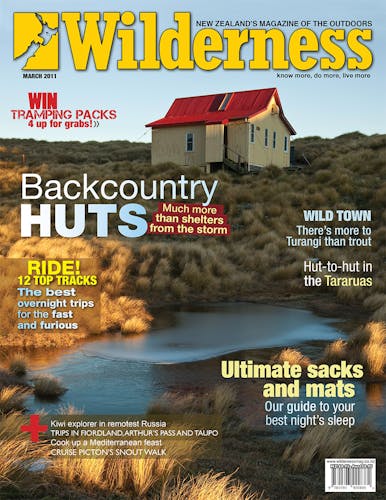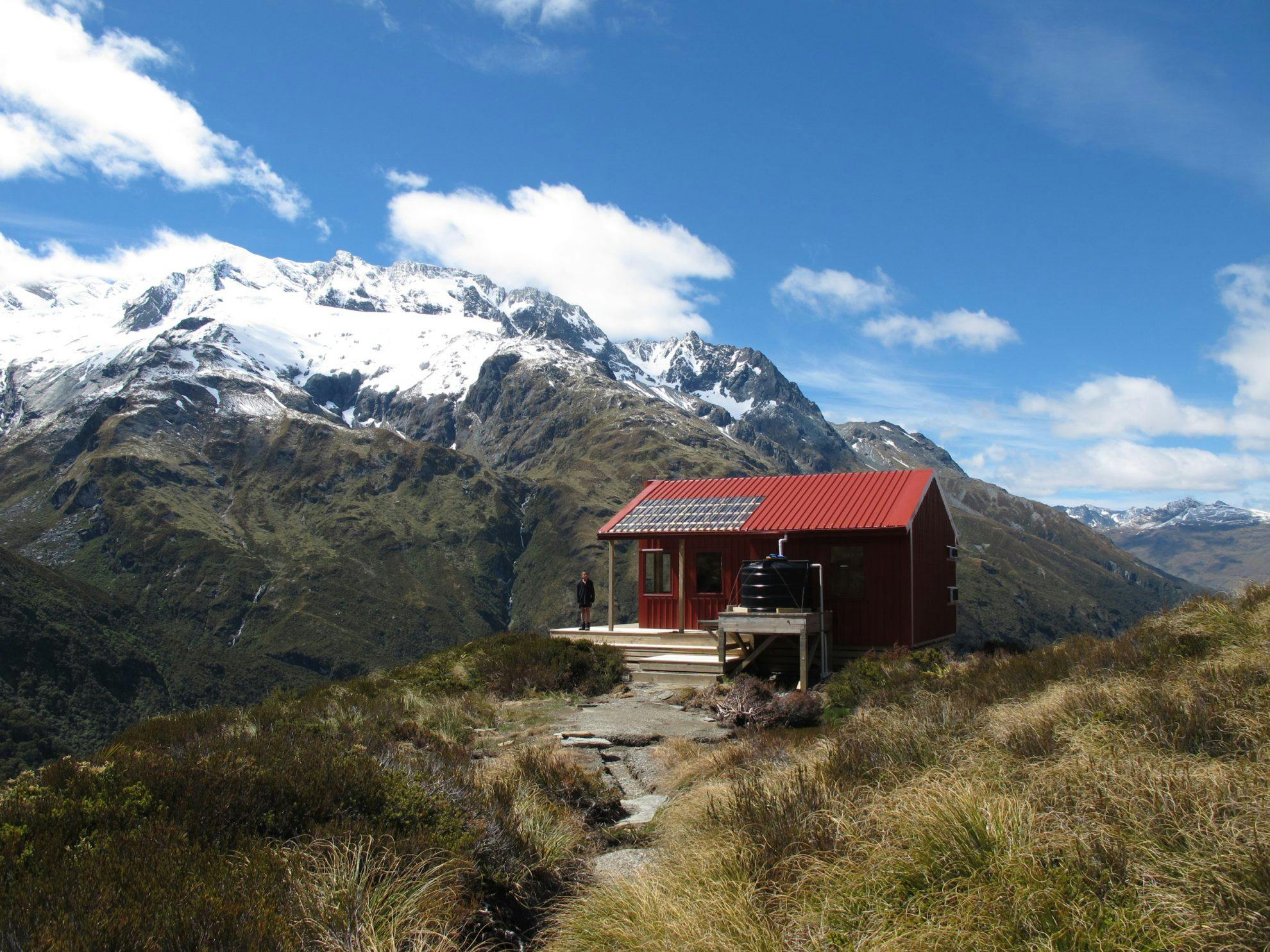New Zealand is unique among countries where tramping, trekking and hiking – call it what you will – is a major pastime. Unlike in America, Europe and Australia we have a comprehensive hut network – more than 950 and rising – to rely on when we go bush.
It’s a staggering amount, really, and the network which stretches from the far north to the deep south is one of this country’s major assets. I doubt the New Zealand Forest Service could have envisioned the shear number of visitors who would come from all over the world to sleep in the old six-bunk huts, or their more luxurious replacements, when it embarked on a massive hut-building exercise in the late 50s that was to last 20 years. The NZFS built huts to house hunters who were carrying out pest control work, but these huts became the foundation for the excellent network of huts that recreational trampers enjoy today.
Huts are a vital refuge and have undoubtedly contributed to the continued popularity of the outdoors and even tramping in this country. Not to mention the vital role they play in accommodating overseas visitors who come to New Zealand for the outdoors experience. In places like America and Australia, huts aren’t so common or even as necessary as they are in this country. Weather systems in those countries are more predictable – summer is summer, winter is winter. We all know winter can strike at any time of the year in the mountains of New Zealand, and what a saving grace these shelters have been in such times.
I remember a packed Oturere Hut one January when I was walking the Tongariro Northern Circuit. It was full to the brim and we jostled for cooking and eating space with people from all walks of life. We had sweated our way to the hut from the Mangatepopo Road end in perfect weather. But that night a southerly swept in, and the temperature plummeted. We hardly noticed thanks to the warmth generated by dozens of bodies in the hut, but the following morning when we got up to continue the circuit, we had to wear gloves and tamp our feet through the heavy frost to keep the circulation going. The surrounding ridges and high points were all dusted with fresh snow.
Reading this month’s extended feature on huts, we can trace the history of hut building in the Tararua Ranges, find out what makes some huts a favourite for so many and why visiting huts has become a competitive pastime.
Huts are a wonderful part of our heritage. They are life savers and they are a treasure we need to safeguard.








